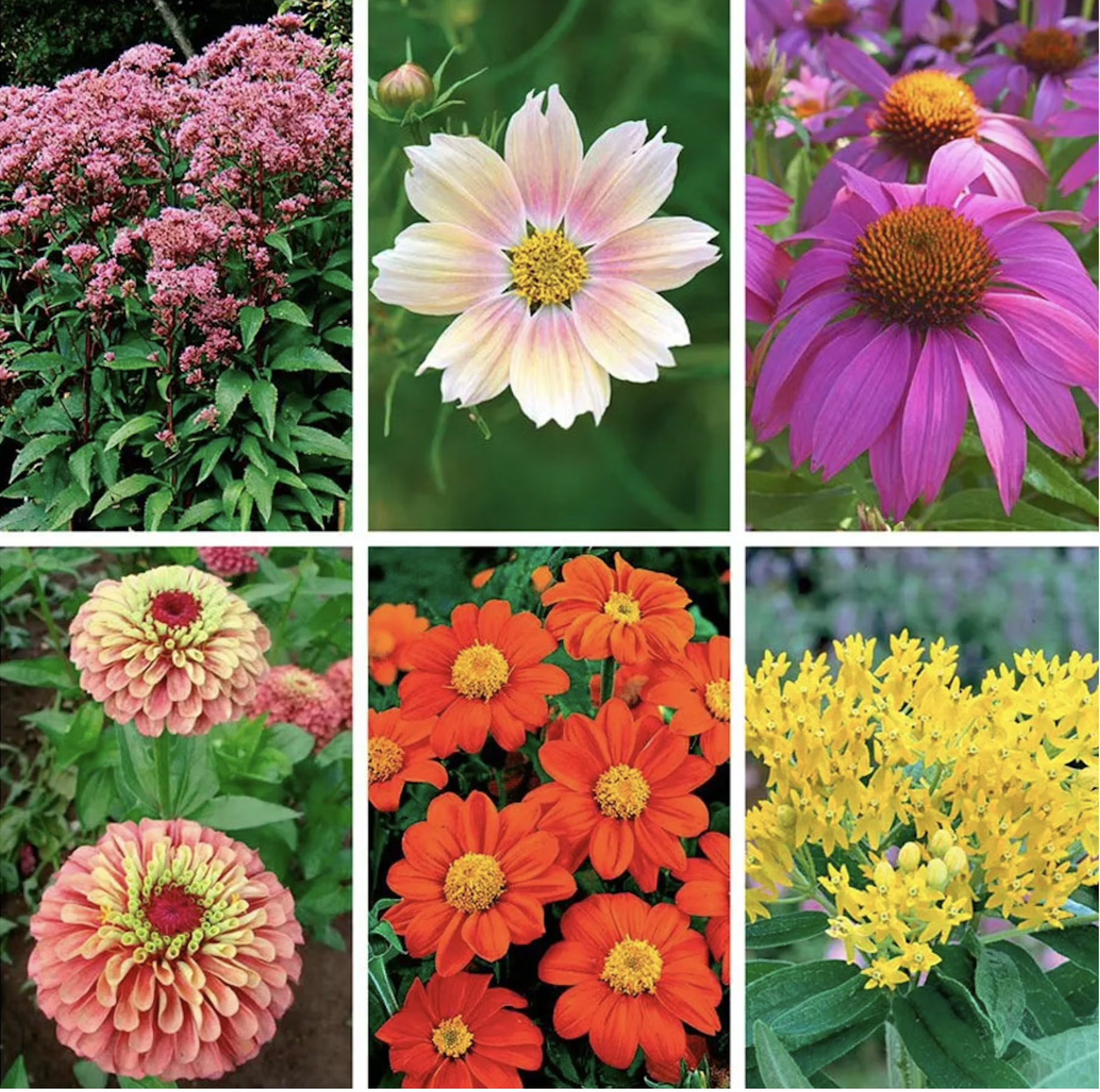Looking For Host Plants To Attract Butterflies? Try These 6 Plants For Butterfly Eggs
While it’s important to create a rich source of nectar for pollinators, it’s also critical to provide safe places to breed and grow. Try these plants for butterfly eggs to bring more pollinators to your yard
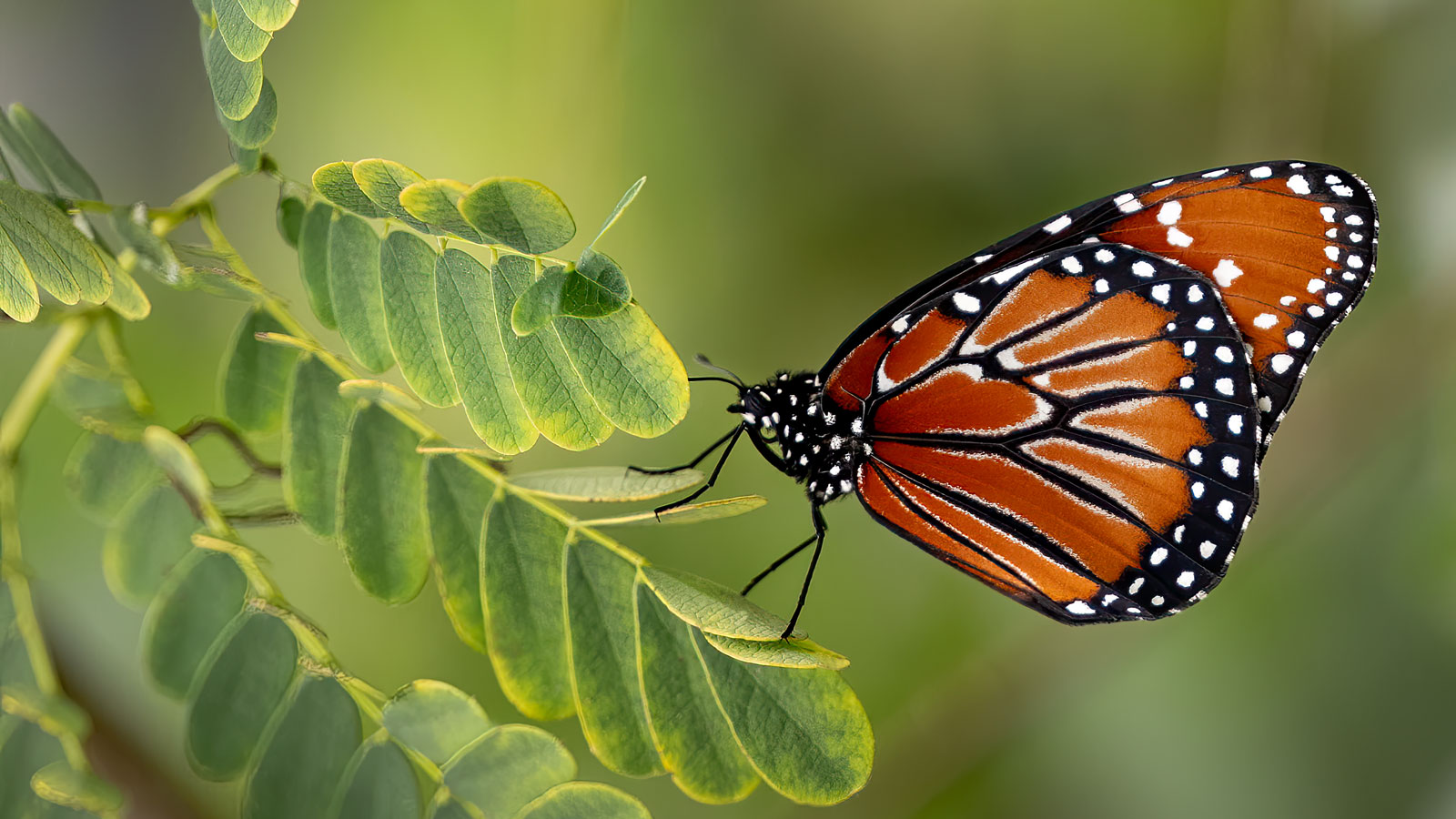

Darcy Larum
Rich and rewarding butterfly gardening is about more than choosing flowers that serve as food sources. As well as needing plants for nectar, butterflies also need host plants. These are plants for butterfly eggs and butterfly larvae, or caterpillars, and are essential for helping these insects complete their life cycles.
These plants are sacrificial plants you add to the garden and allow the caterpillars to feast on and grow into healthy butterflies. To see more pretty pollinators in your backyard, your choice of butterfly garden plants should include some of these host plants, as well as native flowers to feed adults to bring more butterflies to your yard. But what plants do butterflies lay eggs on, specifically? Hopefully, this roundup will help you cultivate the best host plants for butterflies to keep specific species safe.
Choosing the Best Host Plants for Butterflies
Most butterfly species will only lay their eggs on specific native plants. Many species are struggling because of dwindling natural areas and fewer host plants for butterfly eggs and plants for butterfly larvae.
Butterflies wanting to lay eggs will flit around, landing on different plant leaves and testing them out with its olfactory glands. Once finding the right plant, the female butterfly will lay her eggs, usually on the undersides of leaves but sometimes under loose bark or in mulch near the host plant. The eggs hatch and the larvae, also known as caterpillars, emerge and feed on the plant before becoming adults.
So what plants do butterflies lay eggs on? Butterflies are species-specific when it comes to host plants. Their caterpillars can only feed one group of plants or, in some cases, just one plant. For example, to attract monarch butterflies you need milkweed for their caterpillars. Here, we consider native host plants for butterflies to help you choose what to plant in the ultimate butterfly garden.
1. Monarchs
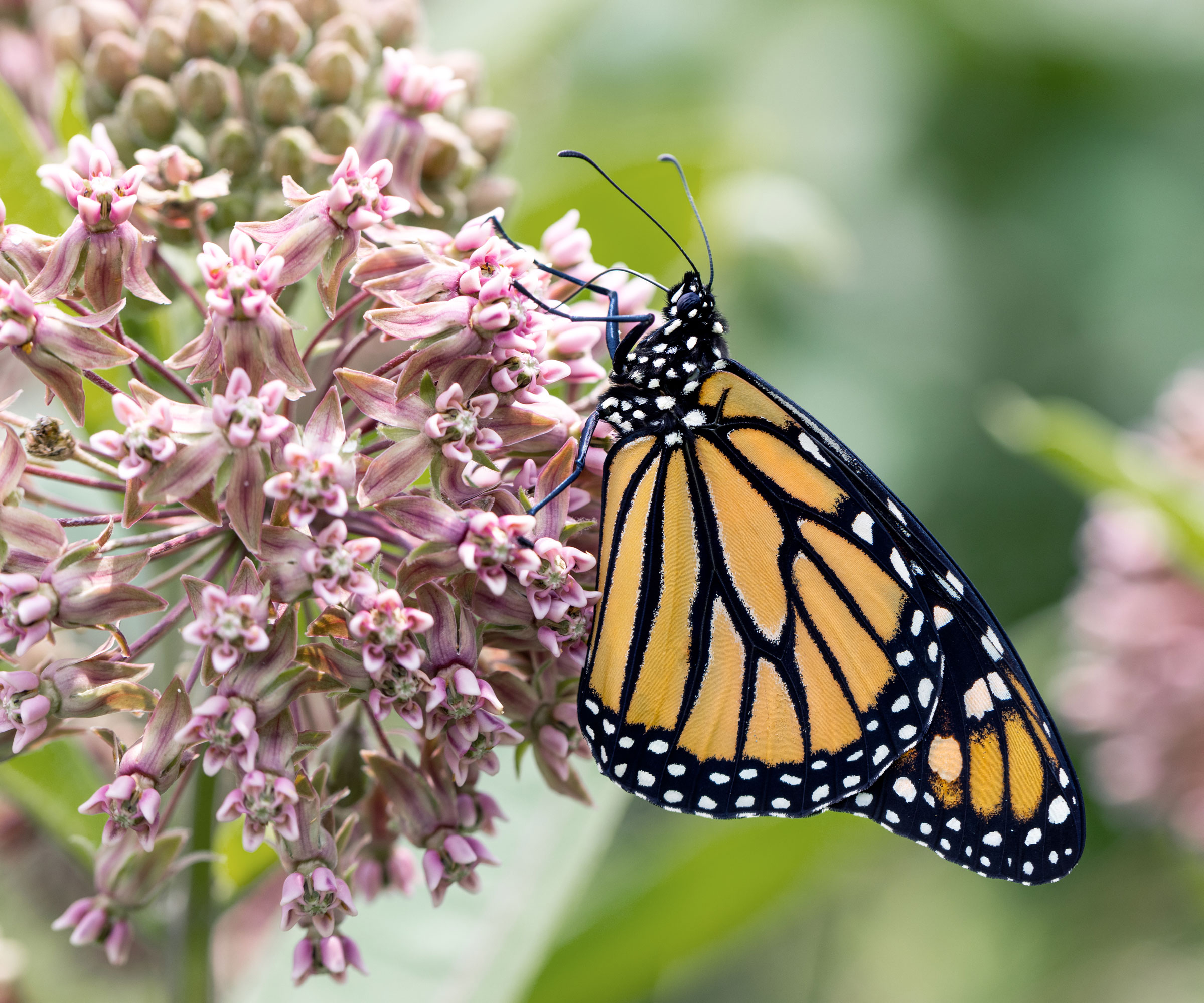
Monarchs are popular butterflies for their beautiful color patterns and spectacular migration habits. Monarch populations are declining, though, mostly because of a decrease in their caterpillar host plant: milkweed.
Plant and grow milkweed (Asclepias spp.) to help this beloved species to breed and boost its numbers. Choose a milkweed plant that is native to your area and suitable to your garden’s growing conditions. Common milkweed, such as milkweed heirloom, available in the Gardening Know How Shop, is suitable for many locations. It is hardy in USDA zones 3-9. Blooming through summer, it just needs full sun.
Sign up for the Gardening Know How newsletter today and receive a free copy of our e-book "How to Grow Delicious Tomatoes".
2. Black Swallowtails
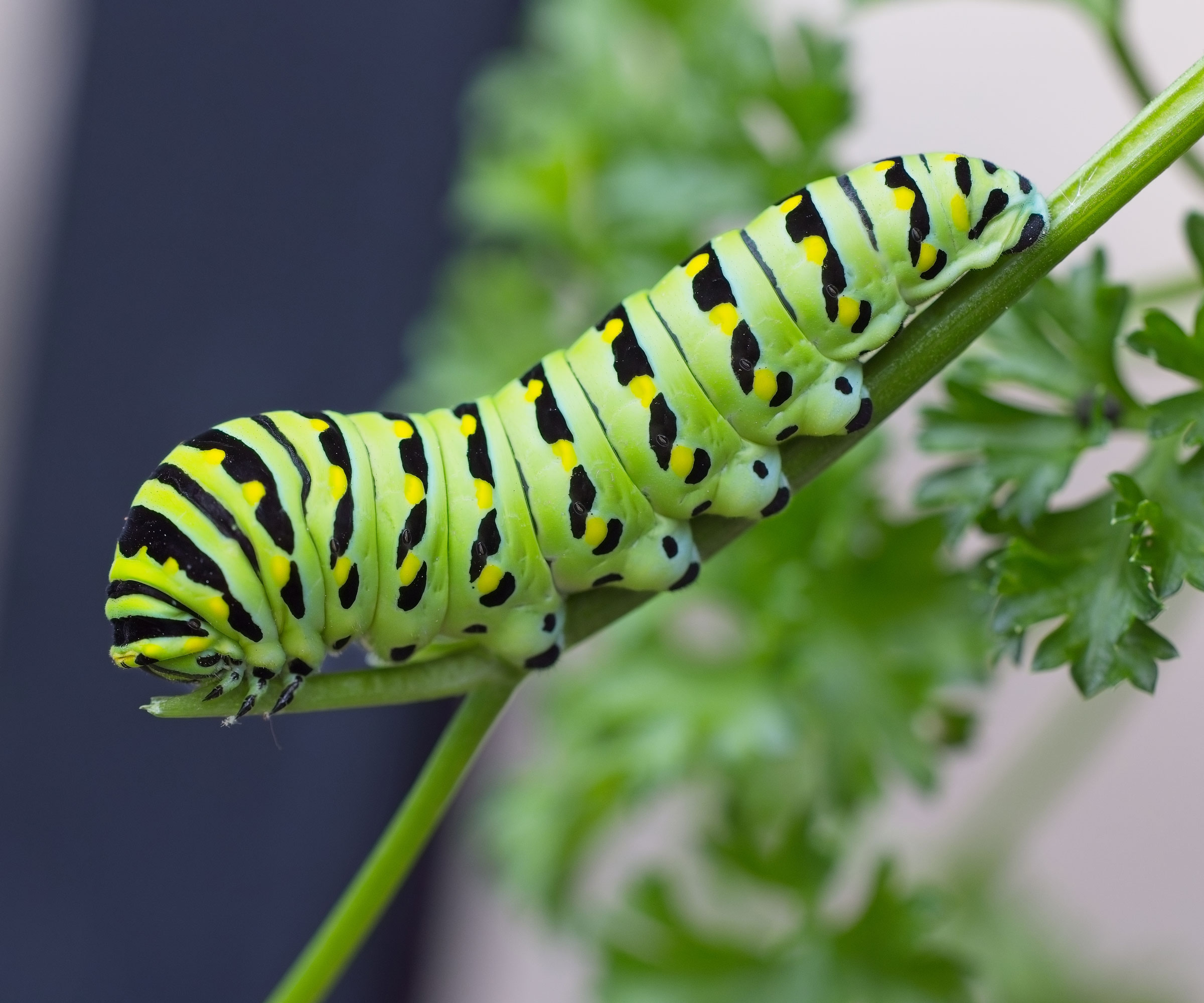
This pretty species of swallowtail is native to most of North America. It is also known as the American swallowtail. The swallowtail butterfly’s host plants belong predominantly to the parsley family (Apiaceae). This group of plants includes fennel, carrot, Queen Anne’s lace and common rue, as well as dill and parsley from Park Seed, available from the Gardening Knw How Shop.
Growing any of these plants is sure to attract more black swallowtails to your garden. These are suitable for most areas of the US and are fairly low maintenance, as long as you grow in well-drained soil and full sunshine.
3. Zebra Swallowtails
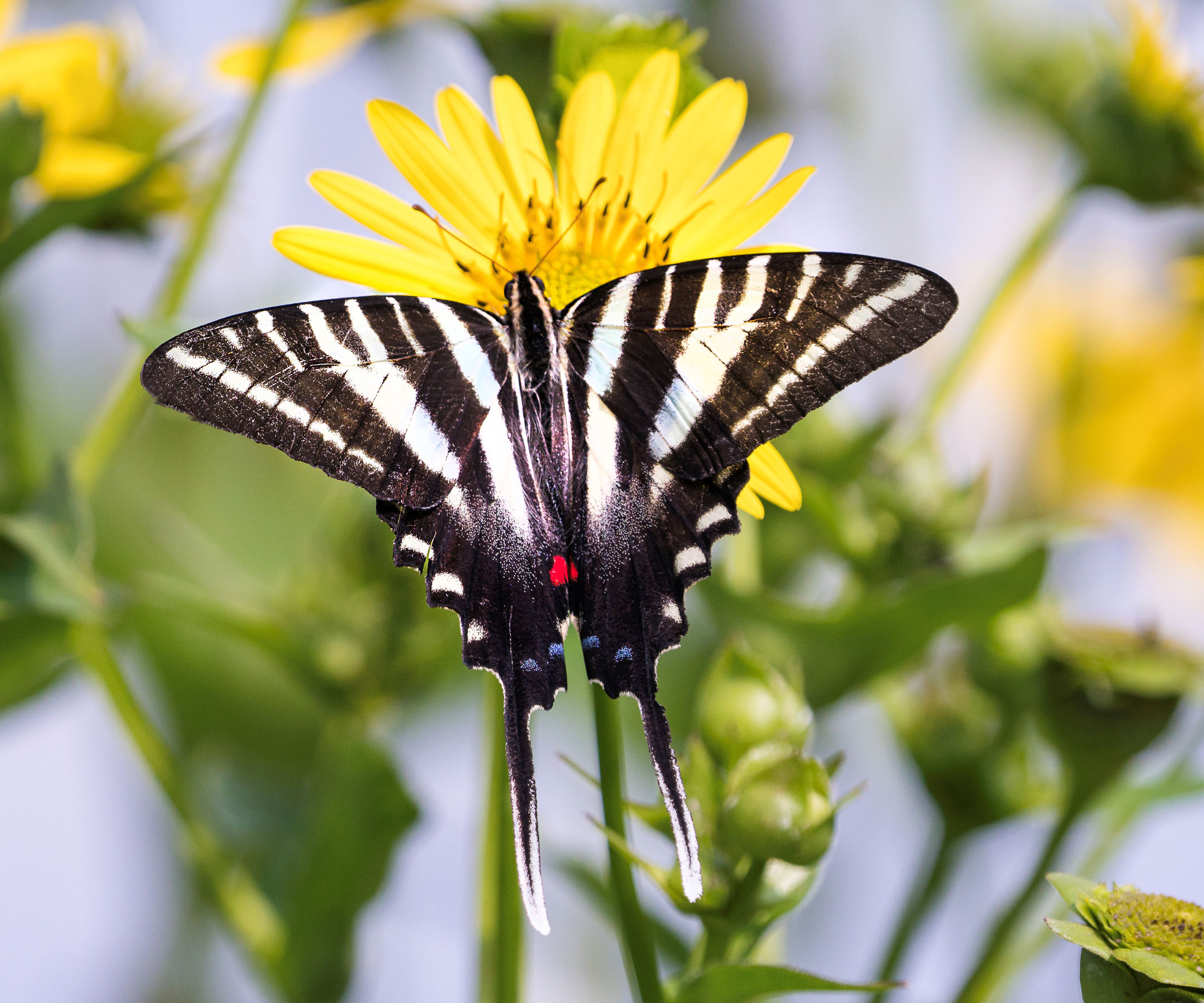
This swallowtail species is named for its distinctive black and white stripes and is native to most of the eastern half of the United States. Like monarchs, the zebra swallowtail has just one host plant – the pawpaw tree. In most of its range, the common pawpaw variety (Asimina triloba) is the only host. In the deep south, other pawpaw species are available.
Pawpaw is a unique native tree that will attract these butterflies but also produce edible fruit. Common pawpaw grows in USDA zones 5-8, needs full sun or partial shade, and prefers moist soil. It grows to about 25 feet (7.5m) tall.
4. Fritillaries
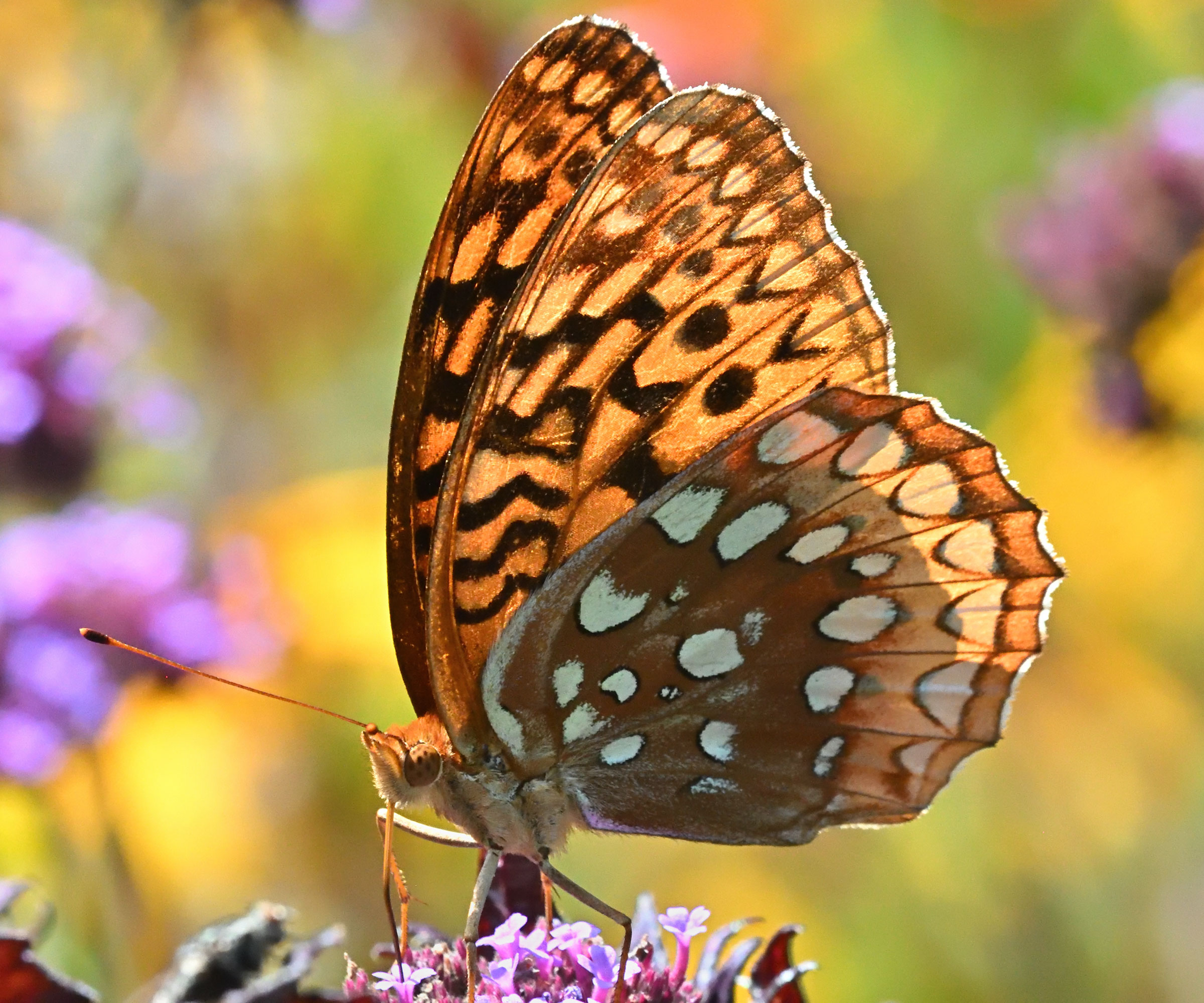
There are a few species of fritillary butterflies in North America. They have orange-brown coloration, similar to monarchs, and are sometimes mistaken for them. Like monarchs, fritillaries are picky about host plants. If you do know where to find butterfly eggs for fritillaries, you’ll see them on the humble violet.
While many homeowners consider the common blue violet type (Viola sororia) to be a weed, many fritillaries depend on them. Let them grow in your lawn or in patches in non-grassy areas, and avoid using pesticides.
5. Pearl Crescents
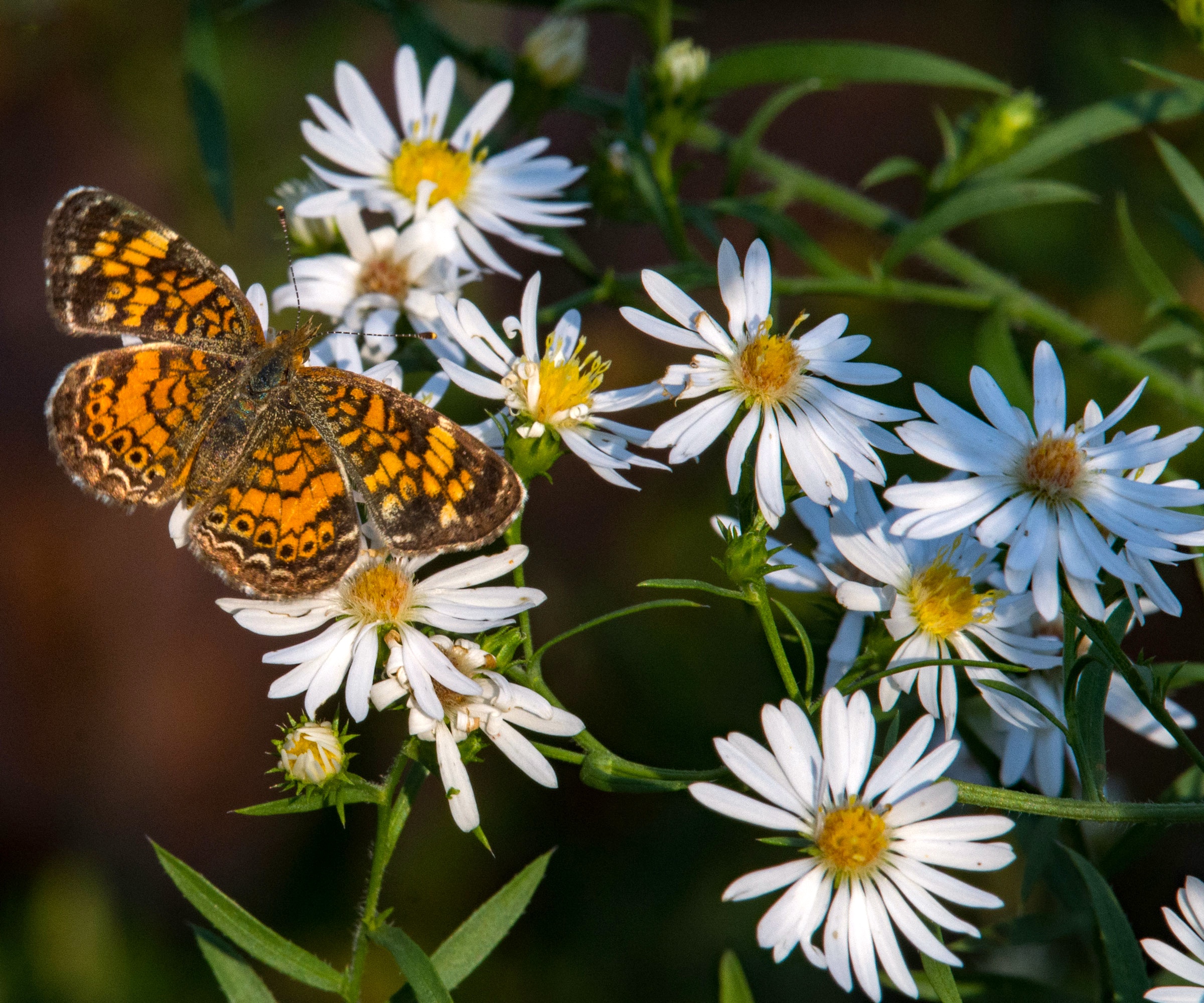
The pearl crescent butterfly is native to most of North America, excepting the west coast. Its host species are asters (Symphyotrichum spp.) but not white wood aster (Eurybia divaricate). Asters are pretty, daisy-like flowers that bloom in late summer and fall. They grow in USDA zones 3-8.
You can find many types of aster species, but avoid the newer hybrids. Choose native, wild-type asters to attract pearl crescents to your garden. Some examples of asters you can grow as host plants for these butterflies include the blue wood aster (S. cordifolium) and the New England aster (S. novae-angliae).
You’ll find an example of the New England aster, Vibrant Dome, in the Gardening Know How Shop. Other host asters include the New York aster (S. novae-belgii), the smooth American aster (S. leave), and the parasol aster (S. umbellatus).
6. California Dogface
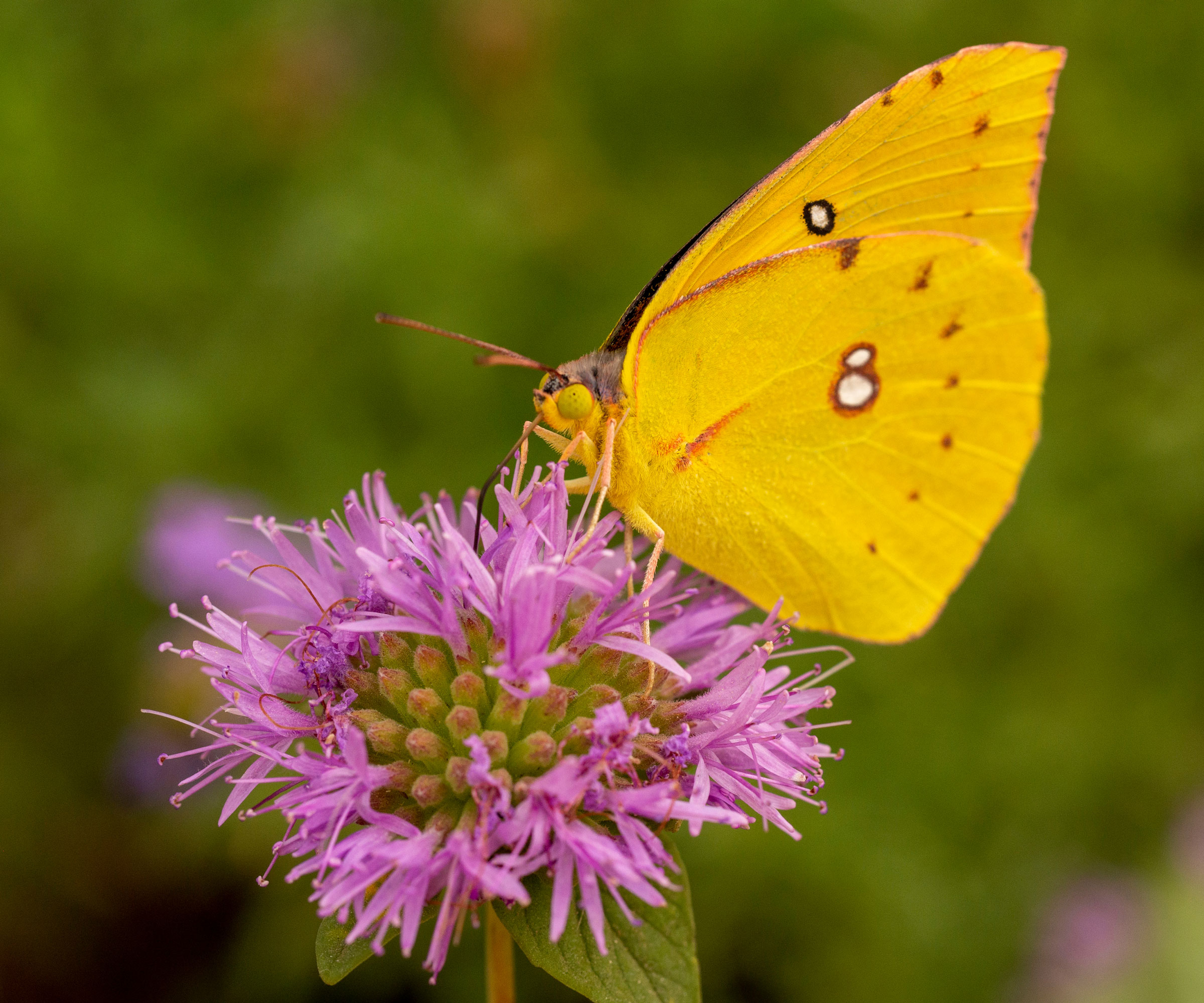
This species has a narrow native range (California) and just one native host species: false indigo (Amorpha californica). If you live in the state and wish to support the California dogface butterfly, consider growing false indigo to give it a helping hand.
Females are pale yellow, while males are multicolored in shades of black, pink, orange and yellow. False indigo grows throughout the state in moist, well-drained soil, in meadows and open forests, and along streams.
Frequently Asked Questions
What do Butterfly Eggs Look Like on Plants?
The appearance of butterfly eggs varies depending on the species, but they are generally less than a quarter of an inch (6mm) across, and round or oval in shape. They can be any color and have a smooth surface. You will generally see multiple eggs on the undersides of leaves or on stems.
When do Butterflies Tend to Lay Eggs?
Most butterfly species lay their eggs in spring or summer with variations depending on the species. Monarchs, for example, tend to lay their eggs on suitable plants during March and April. March fritillaries lay eggs in May-June, while the great spangled fritillary lays eggs in late August and September.
Other Great Pollinator Garden Ideas
- Looking for the best range of host plants that are easy to grow in a range of regions? Try some of these beautiful and low maintenance host plants in your yard.
- Struggling for space but keen to make some room for more pollinators? These potted pollinator garden plant ideas are sure to enchant passing bees and butterflies.
- You know about milkweed but what about other plants that can boost your monarch visitors? Discover some of the best flowers for monarch butterflies to attract these essential orange beauties.
- Curious to know more about beneficial plants for migrating butterflies? We help you cultivate more of the right flowers to help passing pollinators on long haul flights.
This article features products available from third party vendors on the Gardening Know How Shop. Keep in mind that our plant inventory is limited - so if you’re thinking of purchasing, don’t wait!

Mary Ellen Ellis has been gardening for over 20 years. With degrees in Chemistry and Biology, Mary Ellen's specialties are flowers, native plants, and herbs.
